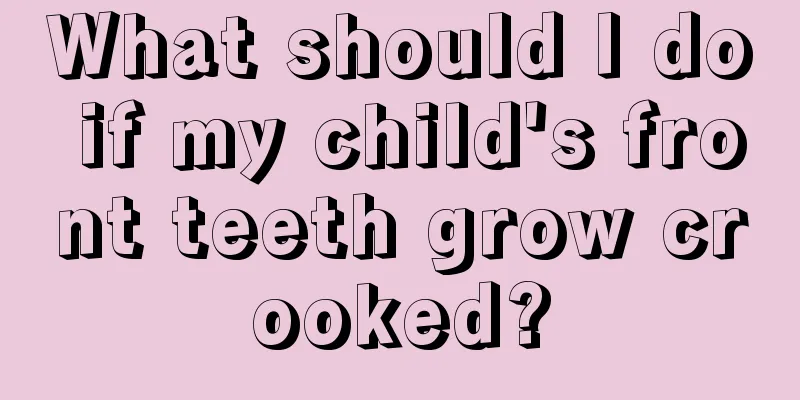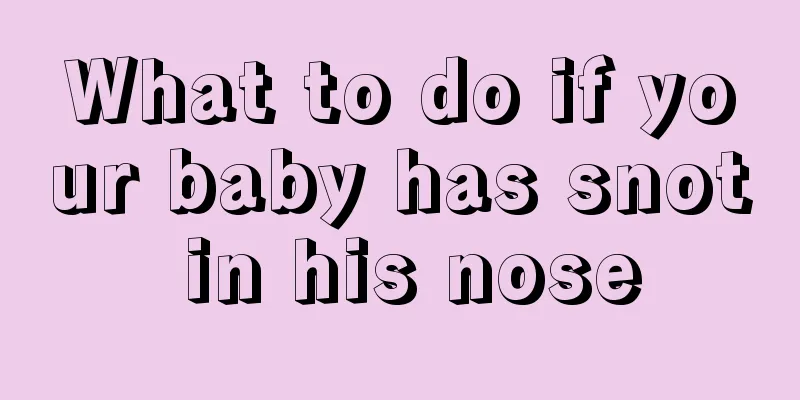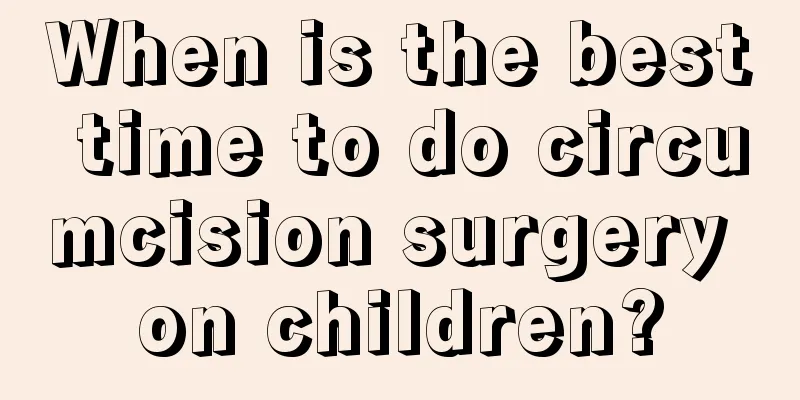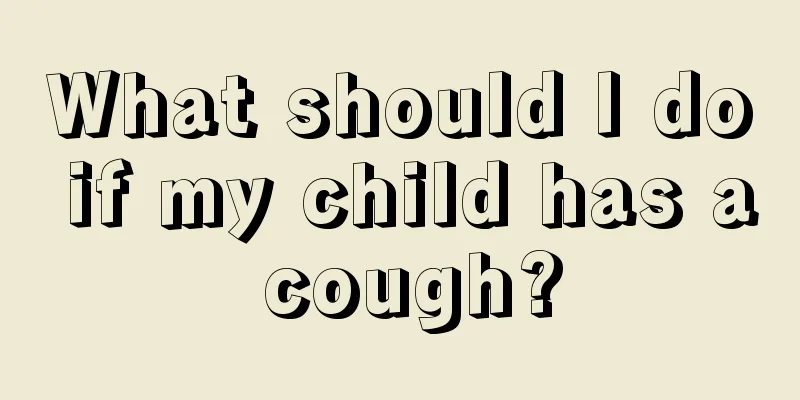What should I do if my baby has a low fever of 38 degrees?

|
When the baby has a low fever of 38 degrees, the baby's face must look particularly red, and their hands and feet feel cold. At this time, mothers will give the baby one antipyretic medicine after another. In fact, for a low fever of 38 degrees, physical antipyretic treatment methods can be used at this time, because our country's hospitals stipulate that medication can only be used when the temperature is above 38.5 degrees. So what should I do if the baby has a low fever of 38 degrees? The normal axillary temperature of a child is between 36℃-37℃, and it is considered a fever if it exceeds 37.4℃. Under normal circumstances, children's body temperature can fluctuate within a certain range. A body temperature above 37°C is considered a fever. 37.5℃-38.4℃ is a low fever, and above 38.5℃ is a high fever. But every child's physical condition is different, so it depends on the child's physique. If calculated based on rectal temperature, the normal baby's basal body temperature is 36.9℃-37.5℃. Generally, when the body temperature exceeds the basal body temperature by more than 1°C, it is considered a fever. Among them, low fever refers to body temperature fluctuating around 38°C, and high fever refers to body temperature above 39°C. Continuous fever for more than two weeks is called long-term fever. Generally speaking, oral temperature is 0.3℃-0.5℃ lower than rectal temperature, and axillary temperature is 0.3℃-0.5℃ lower than oral temperature. When a baby has a fever, physical methods should be used to reduce the temperature first. If the body temperature exceeds 38.5℃, medication should be used to reduce the temperature. While using medication to reduce fever, physical cooling should also be used. Physical cooling is suitable for babies with high fever and good circulation. You should also pay attention to providing your baby with comprehensive nutrition to improve his immunity. 2. What causes a baby's fever? 1. Cold: Both common cold and influenza are the most common diseases for babies. The symptoms of a cold vary, including fever, loss of appetite, gastrointestinal discomfort, diarrhea, and ear, nose and throat problems. 2. Inflammation of the ear, nose and throat : Problems with the ear, nose and throat usually cause inflammation, so there will be redness and swelling. It is a viral infection. Common symptoms include fever, cough, runny nose, redness and swelling of the throat (babies usually don’t want to eat), etc. 3. Roseola : The typical symptom is unexplained high fever (above 39°C), which lasts about 3-4 days, and then a rash appears (the fever will subside at this time). The rash usually disappears slowly without leaving any scars or other complications, so parents don't need to worry. 4. Vaccination : Many babies have mild fever due to vaccination, but more obvious fever usually occurs after injection of diphtheria, pertussis, and tetanus vaccines. If the baby is unwell or has a cold, it is not suitable to take the baby for vaccination to avoid confusing the symptoms. The observation period for fever after vaccination is 72 hours. If it exceeds this period, the fever is not caused by the vaccine, and parents need to make another judgment. 5. Sepsis : It is a disease in which bacteria invade the blood, usually accompanied by high fever. This disease is highly dangerous and must attract the attention of parents. 6. Urinary tract infection : It is more common in boys and girls under 1 year old. For baby girls, it is usually caused by feces or diapers; for baby boys, it is caused by bladder and ureteral reflux. Apart from the fact that the fever can easily reach above 38.5℃, it is not easy to detect from the outside. |
<<: How to deal with a baby's low fever
>>: What to do if your baby has a persistent low-grade fever
Recommend
How to treat a child's dislocated wrist
A baby is the hope of a family. The child has rec...
What are the symptoms of baby food insufficiency?
It is quite common for babies to have food accumu...
What are the standards for infant intelligence development?
Babies are angels in the eyes of every parent. Si...
What's wrong with the child falling asleep?
Children in their early childhood have relatively...
What is the correct way to brush teeth for children?
Children nowadays do not take good care of their ...
How to educate a one-year-old baby who hits others?
After birth, babies slowly begin to come into con...
What to do if your child lacks confidence
In daily life, there are many ways to show a lack...
Symptoms of sore throat in newborns
Throat inflammation is a common symptom in newbor...
Diet therapy for the prevention and treatment of cerebral palsy in children
Cerebral palsy in children is a disease caused by...
Introduction to angular cheilitis in children
Angular cheilitis in children is relatively commo...
Why do children hold their breath?
Holding breath in children is an abnormal reactio...
Why is it that children are late in changing their teeth?
Children are the treasures of the family. They wi...
Causes of vaginitis in children
In the eyes of many people, vaginitis only occurs...
What is the cause of the baby's high fever convulsions
It is not uncommon for many infants and young chi...
Why are there blue spots around baby's lips?
When a child first comes into this world, unless ...









